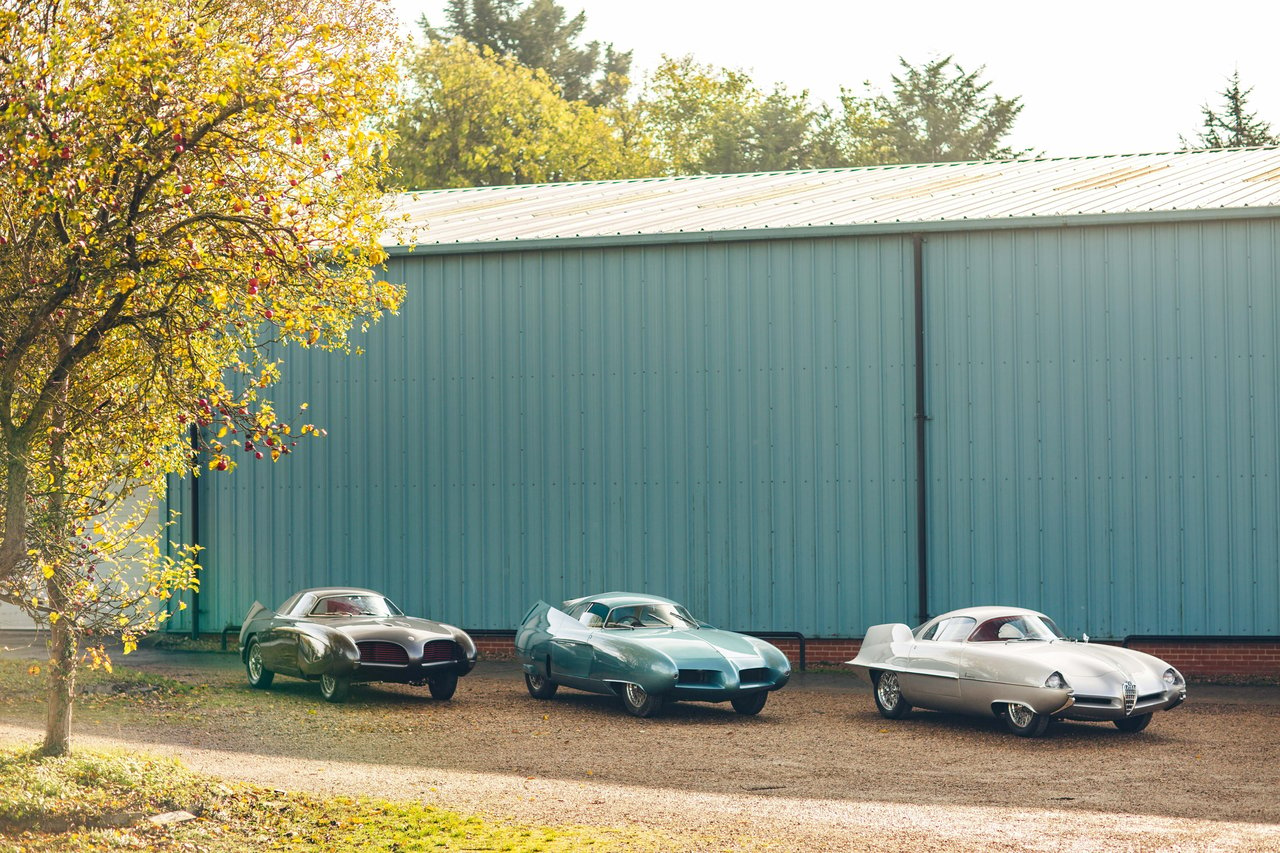
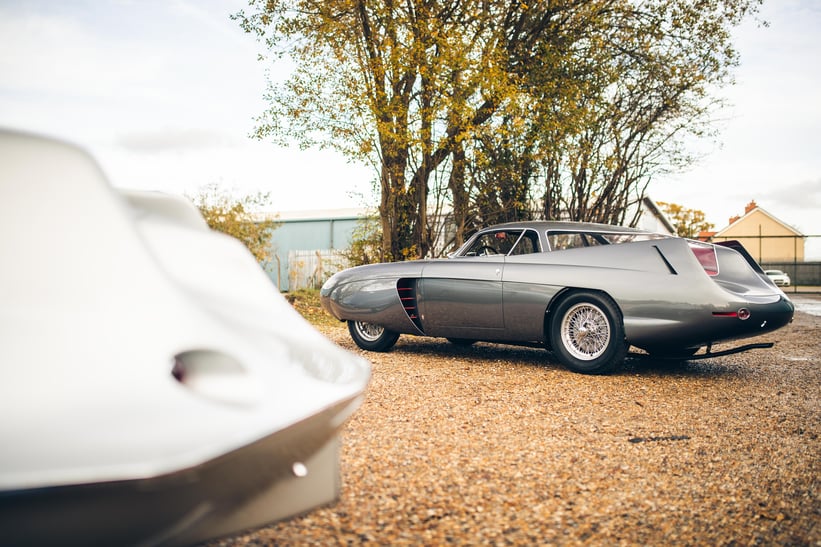
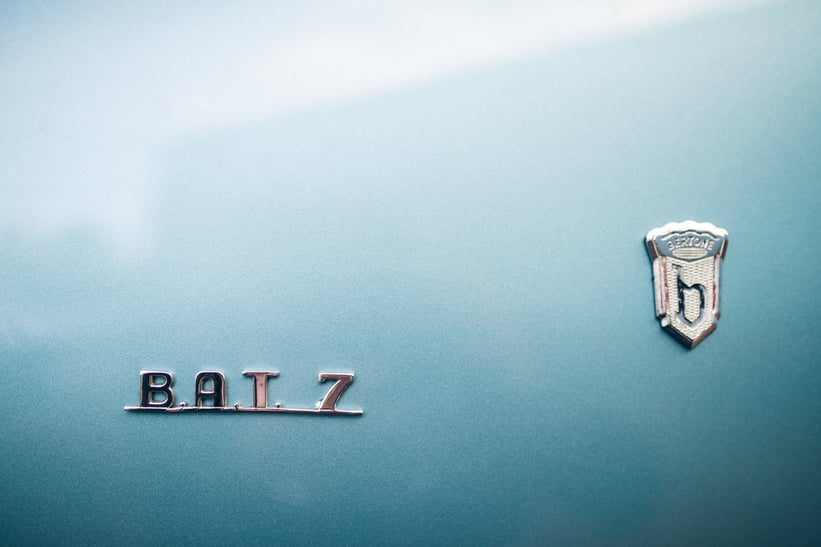
Visitors to the 1953 Turin Motor Show may have expected to see the latest production models from Alfa Romeo, Lancia and Fiat but they were certainly not prepared for what awaited them on the stand of the Bertone design studio. Christened Berlinetta Aerodinamica Tecnica 5 – or B.A.T. 5 for short – the astounding show car was built on the chassis of the baroque Alfa Romeo 1900 SS saloon but featured a futuristic and voluptuously sculpted steel body, an aeroplane-style nose flanked by large air intakes, sweeping side flanks that concealed the wheels and an impressive pair of curved rear wings.
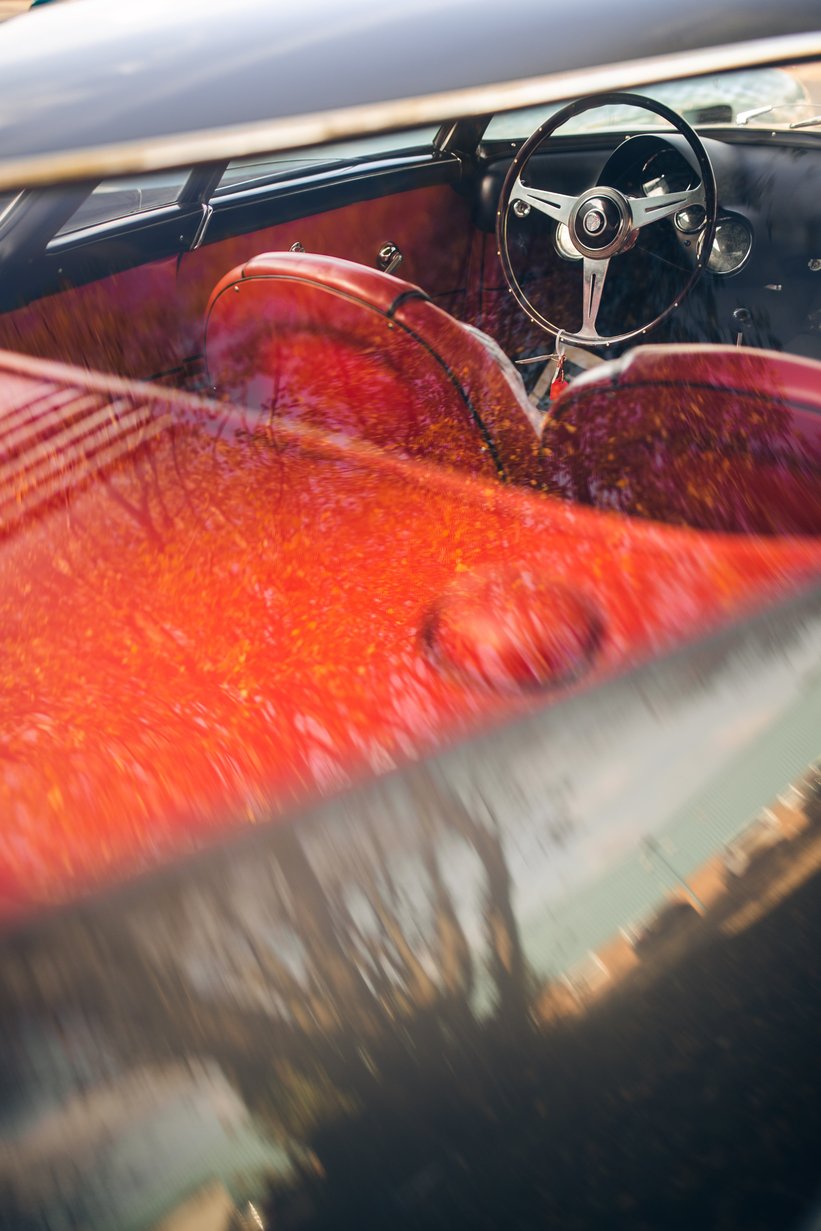
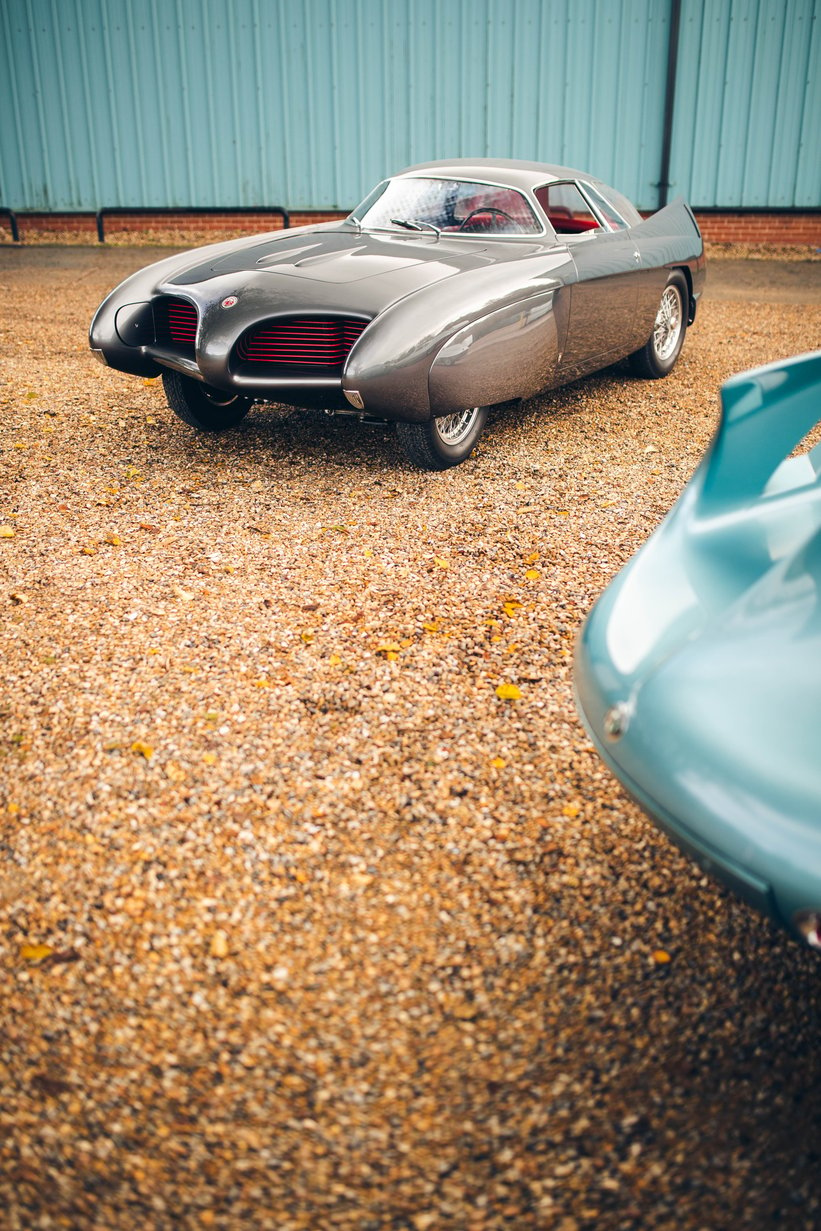
The other-worldly design had been shaped by Bertone’s creative mastermind Franco Scaglione and was heavily influenced by the flamboyant Jet Age styling that was in vogue in post-War America and translated the latest developments in aeronautic technology into the spheres of consumer products. Scaglione creatively masterminded the avant-garde jet-plane aesthetic with the sensibility for proportions and elegance for which Italy’s coachbuilding culture was so famous. He also gave the car his own personal twist.
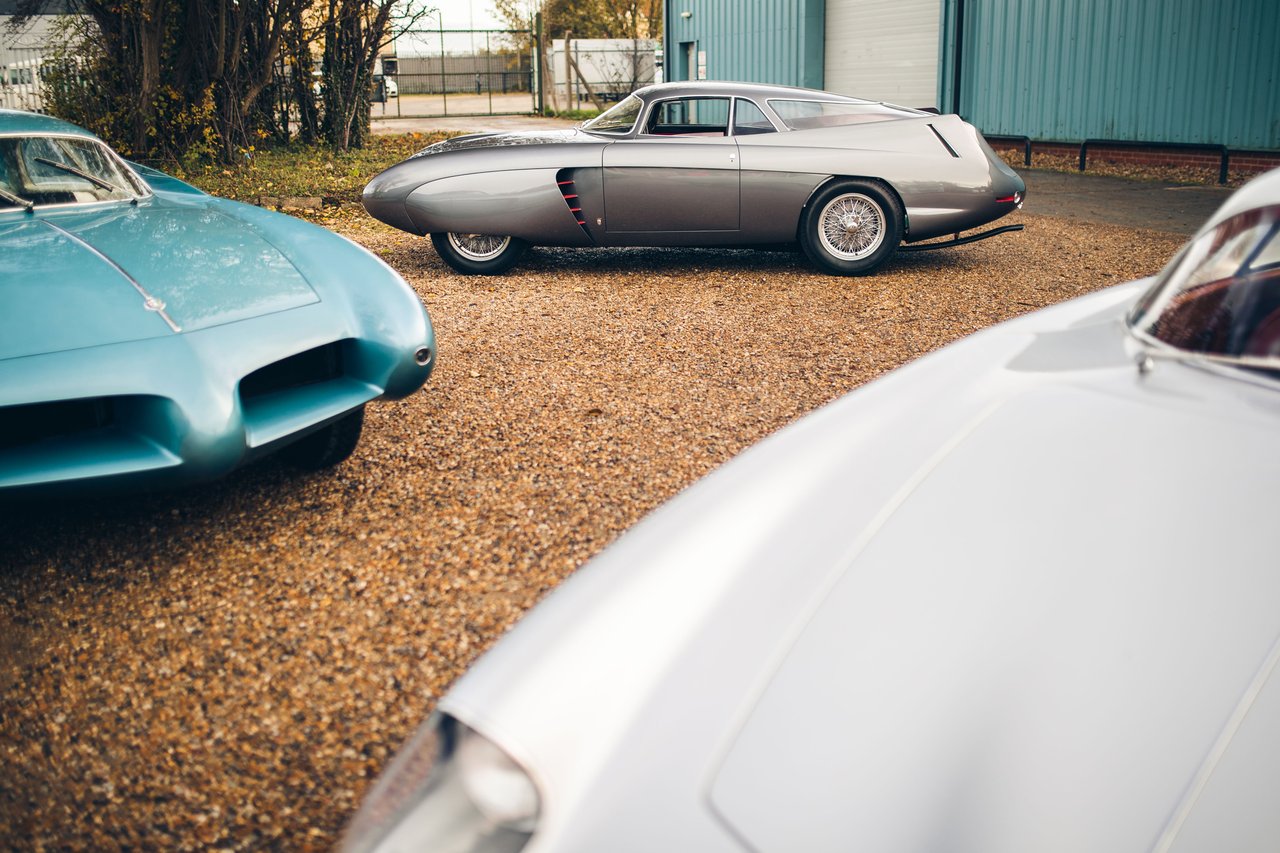
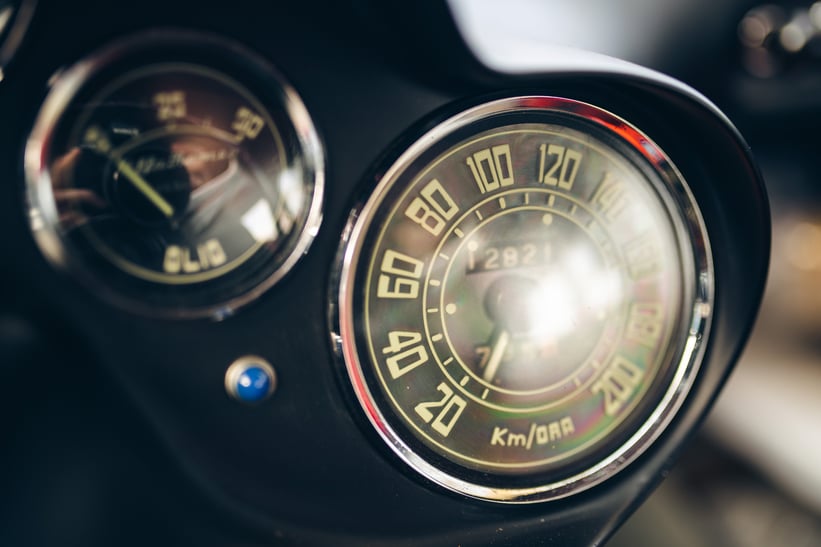

B.A.T. 5 was not only stunning to look at but also highly aerodynamically efficient. In his initial brief for the project, Giuseppe ‘Nuccio’ Bertone had asked Scaglione to explore the outer borders of advanced design and create a body shape that would allow for the lowest possible coefficient of drag. During testing, the first Berlinetta Aerodinamica Tecnica proved to be very streamlined and stable, even though Bertone had no wind tunnel and its engineers had to affix wool threads to the body and analyse potential turbulence at speed. Coach-built entirely by hand, the light, streamlined body allowed the modest two-litre twin-cam engine to propel Bertone’s ‘Batmobile’ to an impressive top speed of 200kph, considerably outpacing the Alfa Romeo saloon upon which it was based.
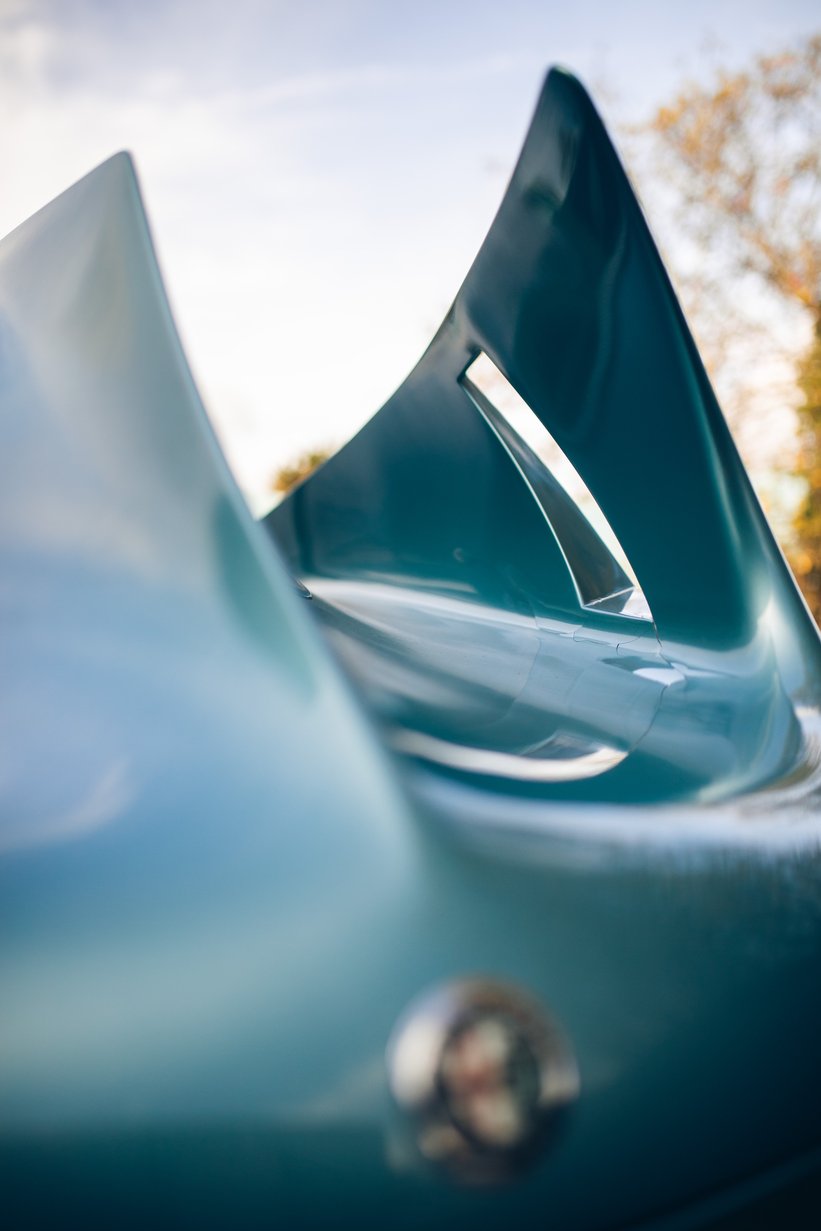
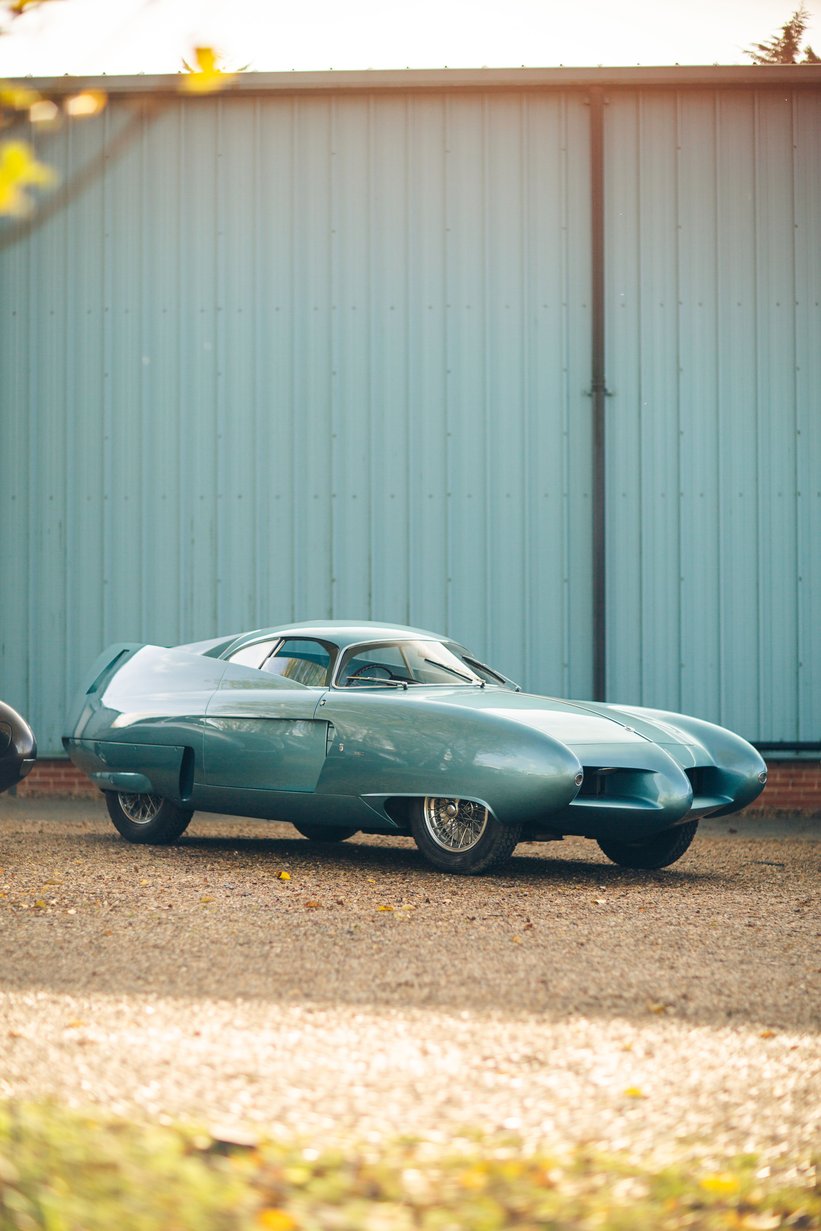
Lauded by the press and the public, B.A.T. 5 was followed by two further concept cars, B.A.T. 7 and B.A.T. 9, which were revealed at the Turin Motor Shows in 1954 and 1955, respectively, and took the initial idea to the next level. For B.A.T. 7, Scaglione reworked and fine-tuned the original formula to make the car even more streamlined and spectacular. The nose was lowered and the air openings smoothened, while the central spine stood out like a dorsal fin and the rear wings were even more dramatically curved than before. As a result, a drag coefficient of just 0.19cd was recorded, lower than virtually any production car you can buy today.
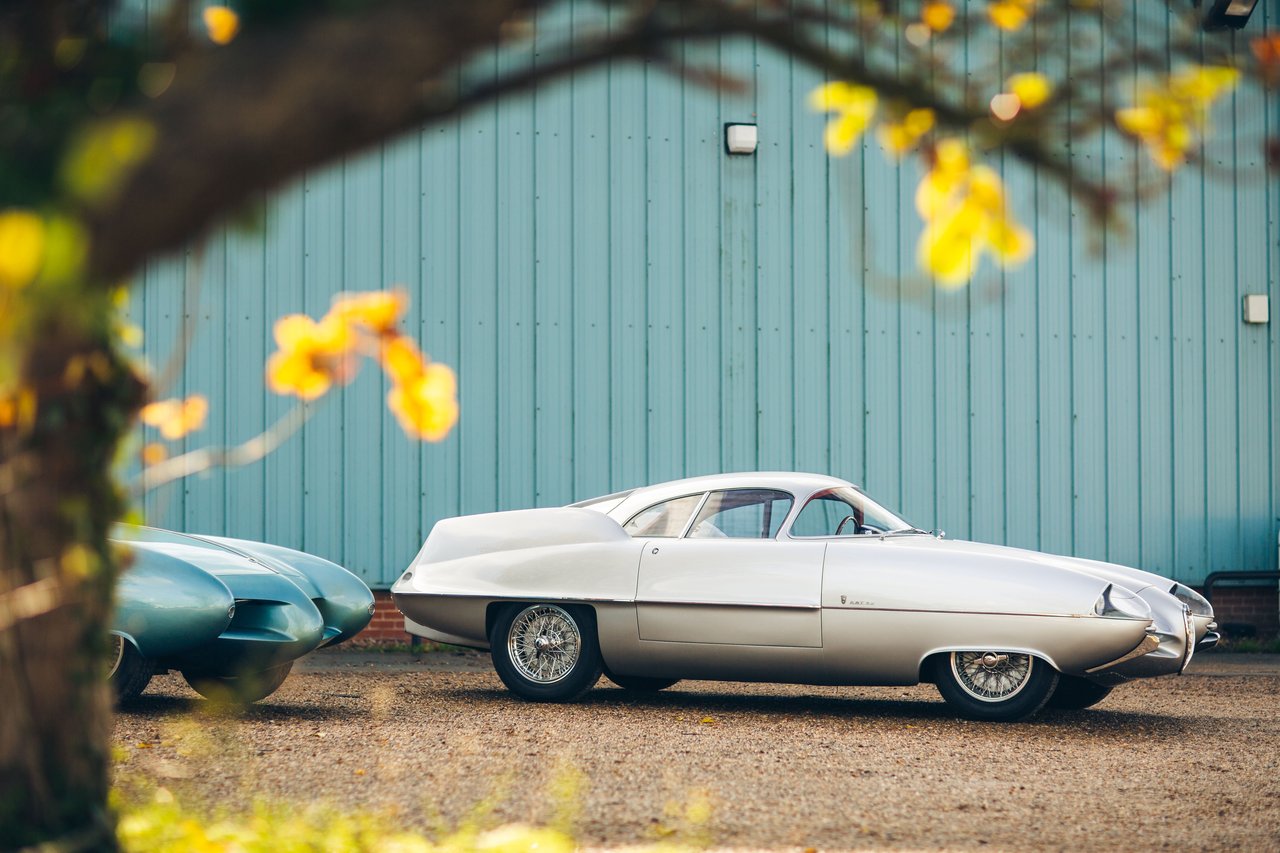
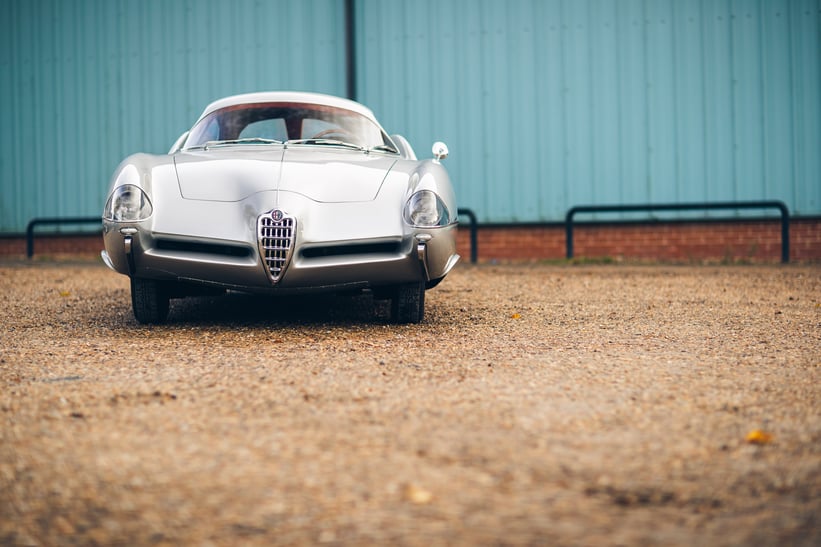
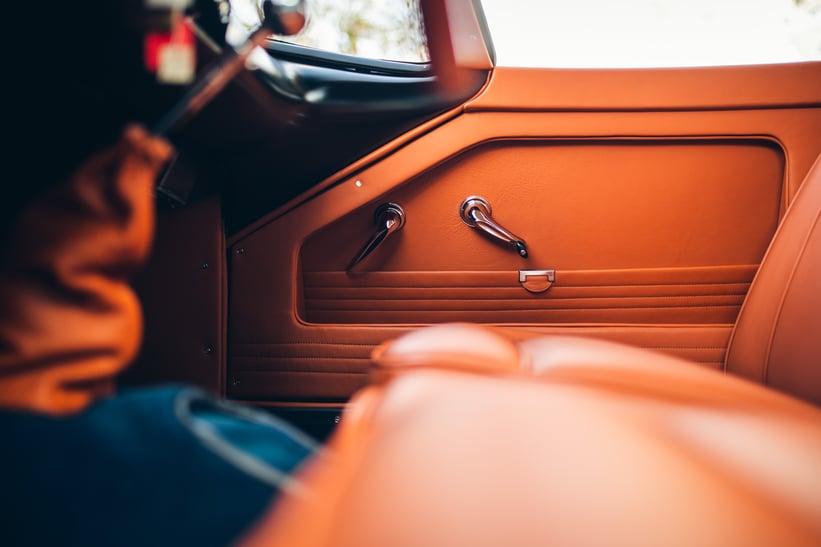
With B.A.T. 9, Franco Scaglione and the team at Bertone softened their dramatic styling approach in favour of a more production-oriented variation of the original theme that incorporated elements of Alfa Romeo’s contemporary design language. The nose was smoothened and featured Alfa Romeo’s trademark grille, the air intakes were reduced in size, the wheels were no longer covered, and the ‘bat’ wings had been cropped down akin to more moderate side fins. What had begun as an uncompromising aerodynamic and design exercise seemed destined to be heading towards production. But even though the prototypes were fully operational and even driven to motor shows on the public roads, Alfa Romeo never considered building a production version of the futuristic albeit impractical and hugely expensive B.A.T. cars. After their show appearances had been completed, the cars were sold to make way for new projects at the Bertone carrozzeria and design studios and wound up separated in America.They fell into various states of disrepair – B.A.T. 7 was even de-finned and raced – until they were united by a Southern Californian enthusiast in the 1980s.
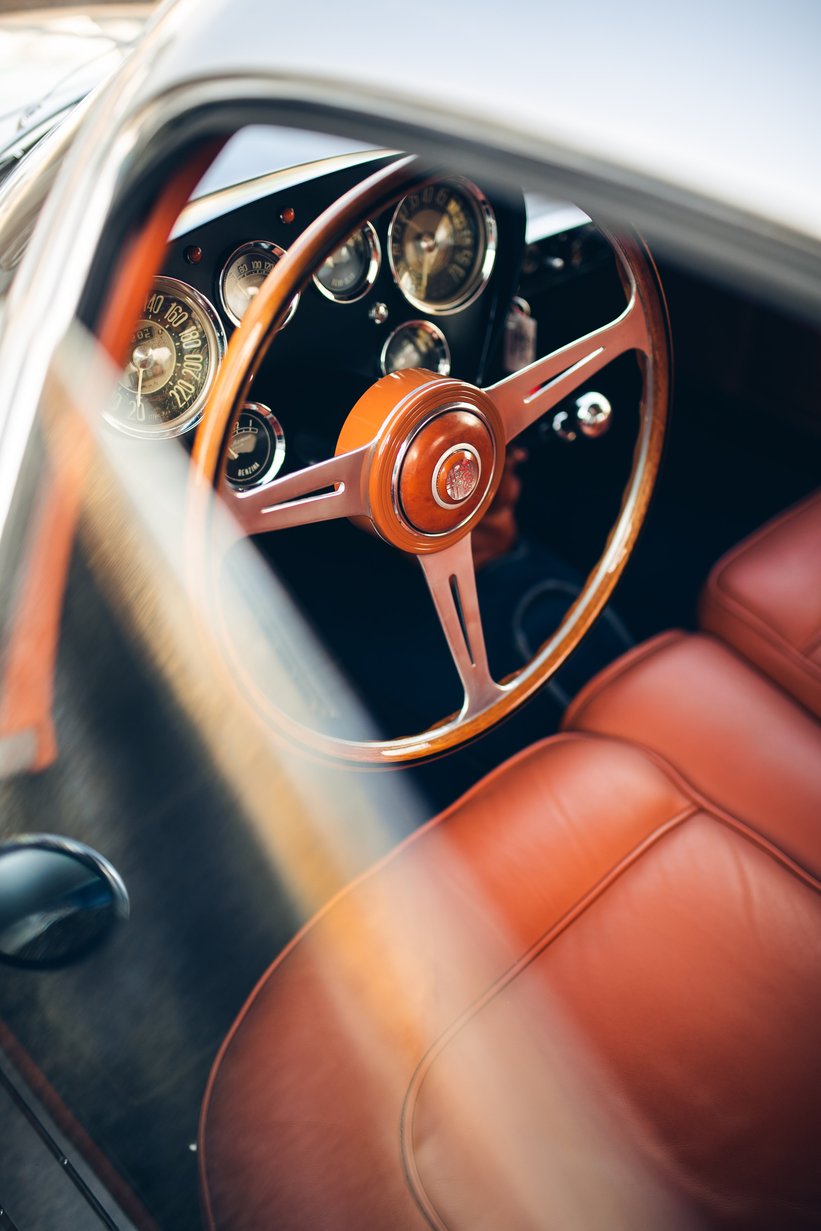
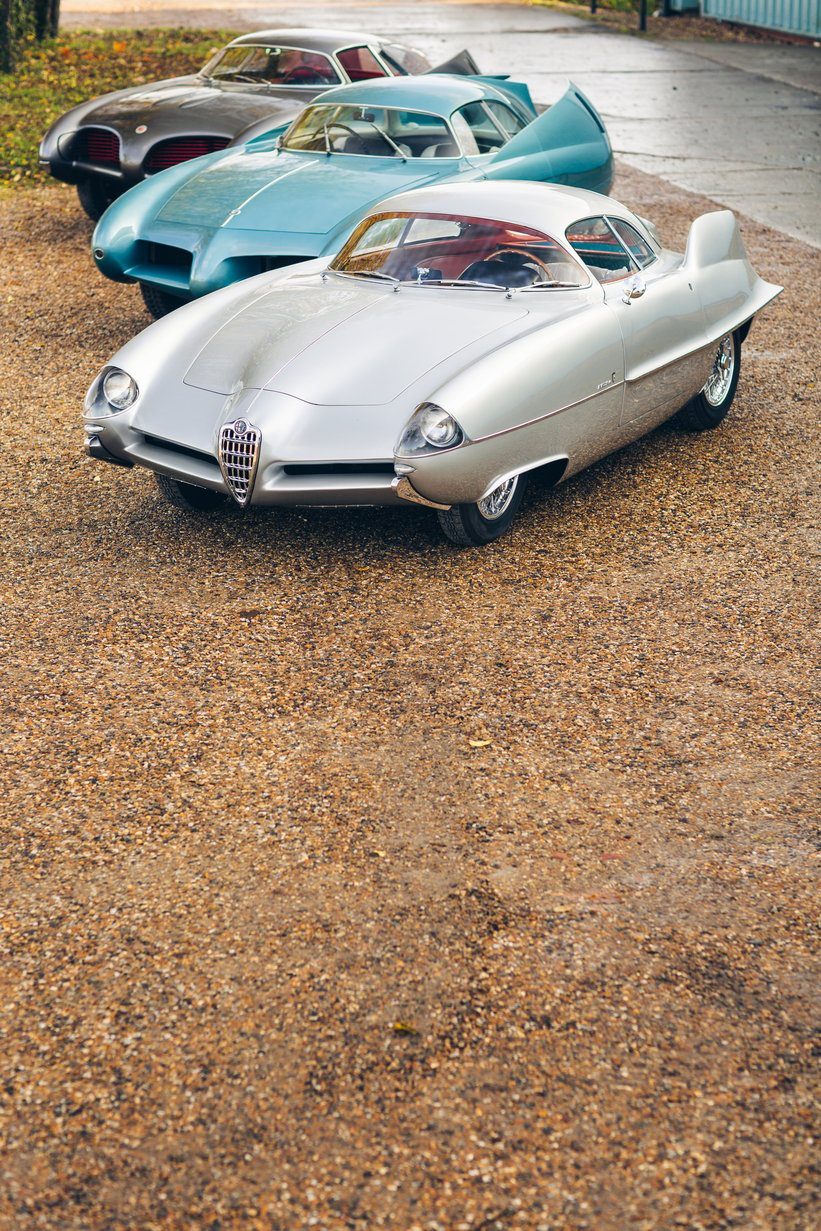
The three concepts had helped ‘Nuccio’ Bertone to establish his design consultancy as an avant-garde thinktank for the automotive industry and strengthen the company’s bonds with Alfa Romeo. Franco Scaglione designed other iconic cars for the Milanese brand such as the elegant Alfa Romeo Giulietta Sprint, the Jet Age-inspired Alfa Romeo Giulietta Sprint Speciale and the alluringly beautiful Alfa Romeo Tipo 33 Stradale. Yet to this day, the B.A.T. series is considered to be Scaglione’s magnum opus.
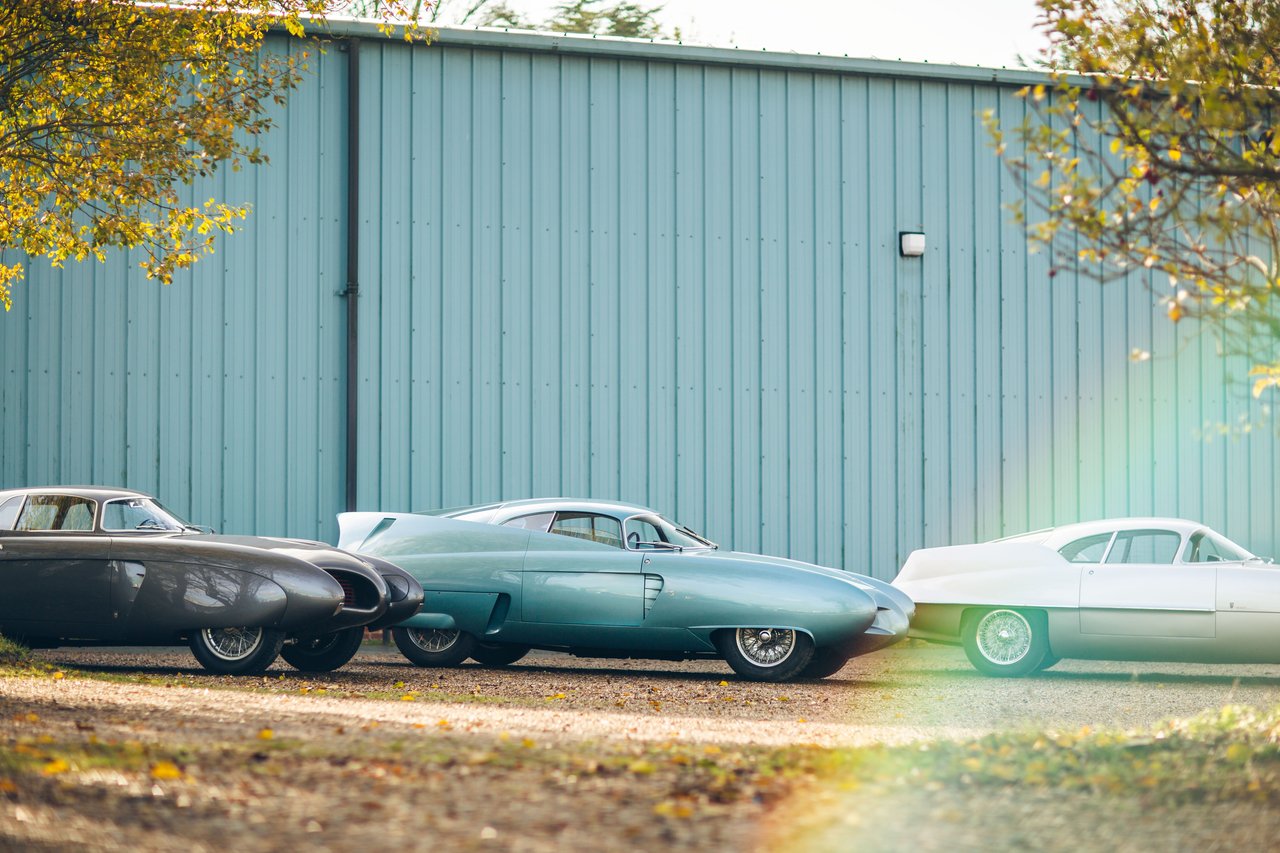
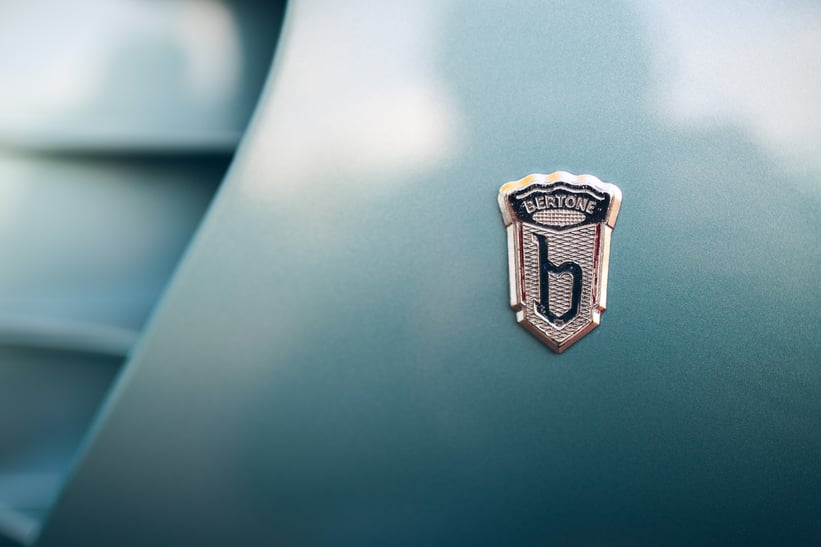
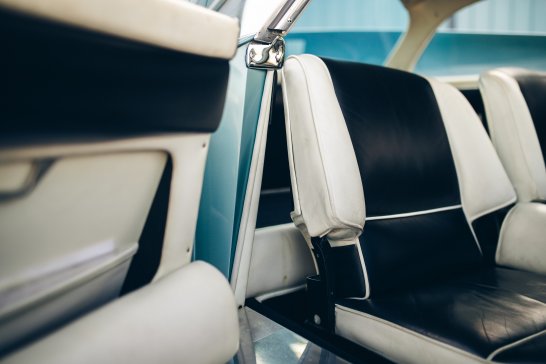
In retrospect, B.A.T. 5, B.A.T. 7 and B.A.T. 9 are among the most daring, uncompromising and futuristic automotive visions ever realised. Having been honoured at the prestigious Pebble Beach Concours d’Elegance in 1989 and again in 2005 and displayed at landmark exhibitions on automotive design in America, the B.A.T. trinity is today considered to be the world’s most mythical, desirable and valuable series of one-off collector cars. That Phillips – renowned for its 20th Century & Contemporary Art, Design and market-leading Watch departments – has now selected the three Bertone cars for their very first automotive exhibition is further proof that Franco Scaglione’s masterpieces rank among other icons and undisputed milestones of modern architecture, art and design.
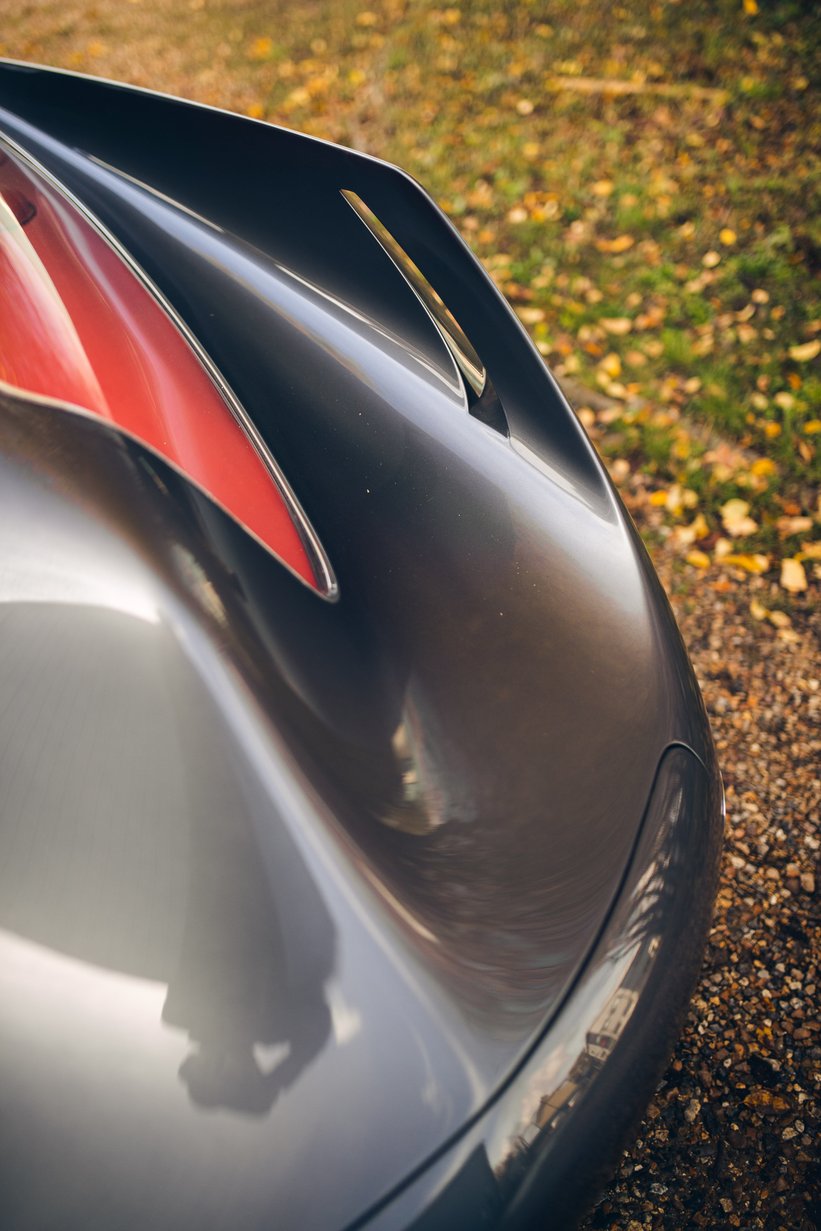

The B.A.T. cars marked a turning point in automotive history. They were game changers much like the Eiffel Tower in Paris, the Atomium in Brussels and Frank Lloyd Wright’s Guggenheim Museum in New York, each of which changed our ideas of what a building could be. They’re comparable to Pablo Picasso’s Les Demoiselles d’Avignon, René Magritte’s Ceci n’est pas une pipe and Marcel Duchamp’s Fountain, which fundamentally transformed our notion of art. And they can be likened to Marcel Breuer’s Wassily Chair, the de Havilland Comet, Marc Newson’s Lockheed Lounge and Apple’s iPhone with their enduring impact on the world of design.
In this sense, the impact of the B.A.T. series was by no means limited to the world of cars. Inspiring generations of designers, it encouraged creative minds around the world to innovate and question the status quo, unfold their artistic potential, let their inspirations take the lead and, for once, reinvent the wheel.
Photos: Tom Shaxson for Phillips / Classic Driver © 2019















































